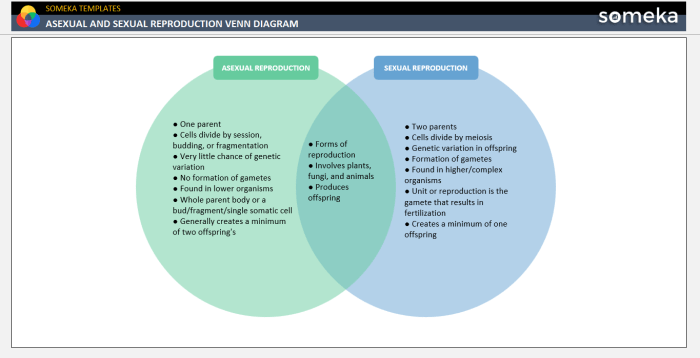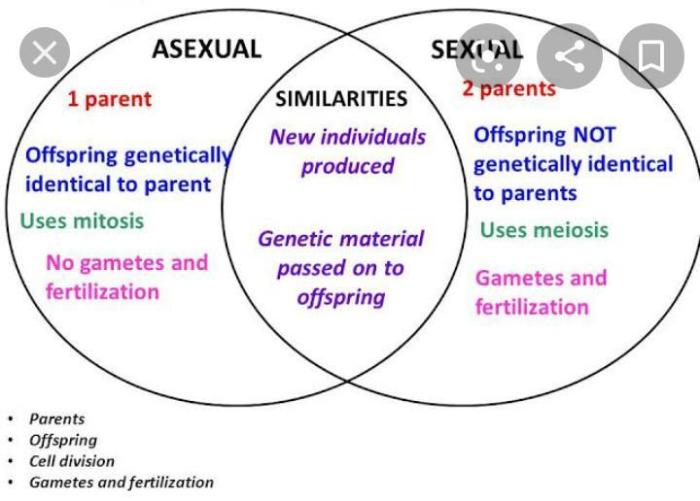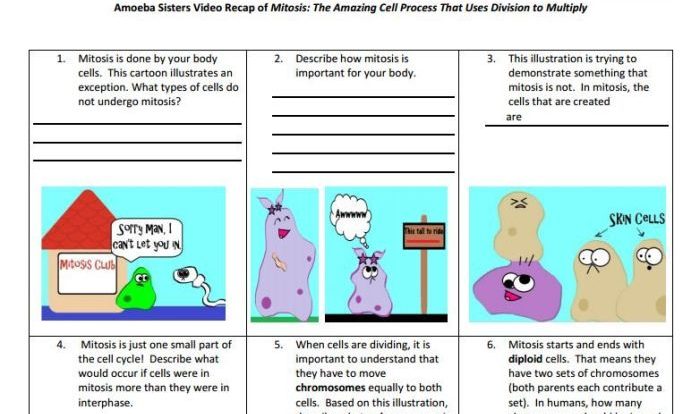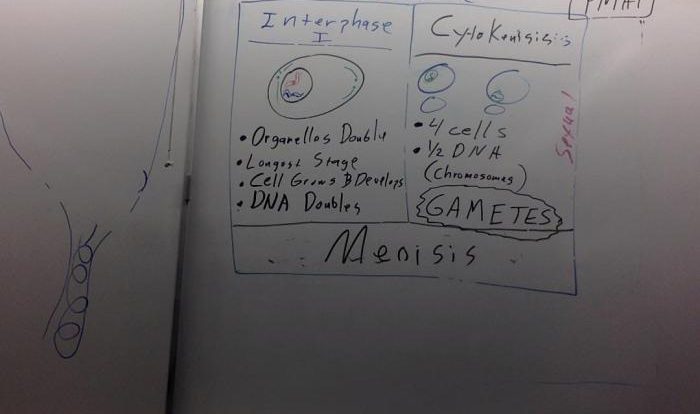Venn diagram of sexual and asexual reproduction – Venn diagrams, named after the English logician John Venn, are a graphical tool used to represent the relationships between different sets of data. They are commonly used in biology to compare and contrast different types of organisms or processes. In this article, we will use a Venn diagram to compare and contrast sexual and asexual reproduction.
Sexual reproduction involves the fusion of gametes, or sex cells, from two different individuals. Asexual reproduction, on the other hand, involves the production of offspring from a single parent without the fusion of gametes.
Question Bank: Venn Diagram Of Sexual And Asexual Reproduction
What is the main difference between sexual and asexual reproduction?
The main difference between sexual and asexual reproduction is that sexual reproduction involves the fusion of gametes from two different individuals, while asexual reproduction involves the production of offspring from a single parent without the fusion of gametes.
What are the advantages of sexual reproduction?
The advantages of sexual reproduction include increased genetic diversity, which can lead to improved adaptation to changing environmental conditions.
What are the disadvantages of sexual reproduction?
The disadvantages of sexual reproduction include the need for two individuals to reproduce, which can be limiting in certain situations, and the potential for genetic defects.
What are the advantages of asexual reproduction?
The advantages of asexual reproduction include the ability to reproduce rapidly and the production of genetically identical offspring.
What are the disadvantages of asexual reproduction?
The disadvantages of asexual reproduction include the lack of genetic diversity, which can make populations more susceptible to environmental changes, and the potential for the accumulation of harmful mutations.




